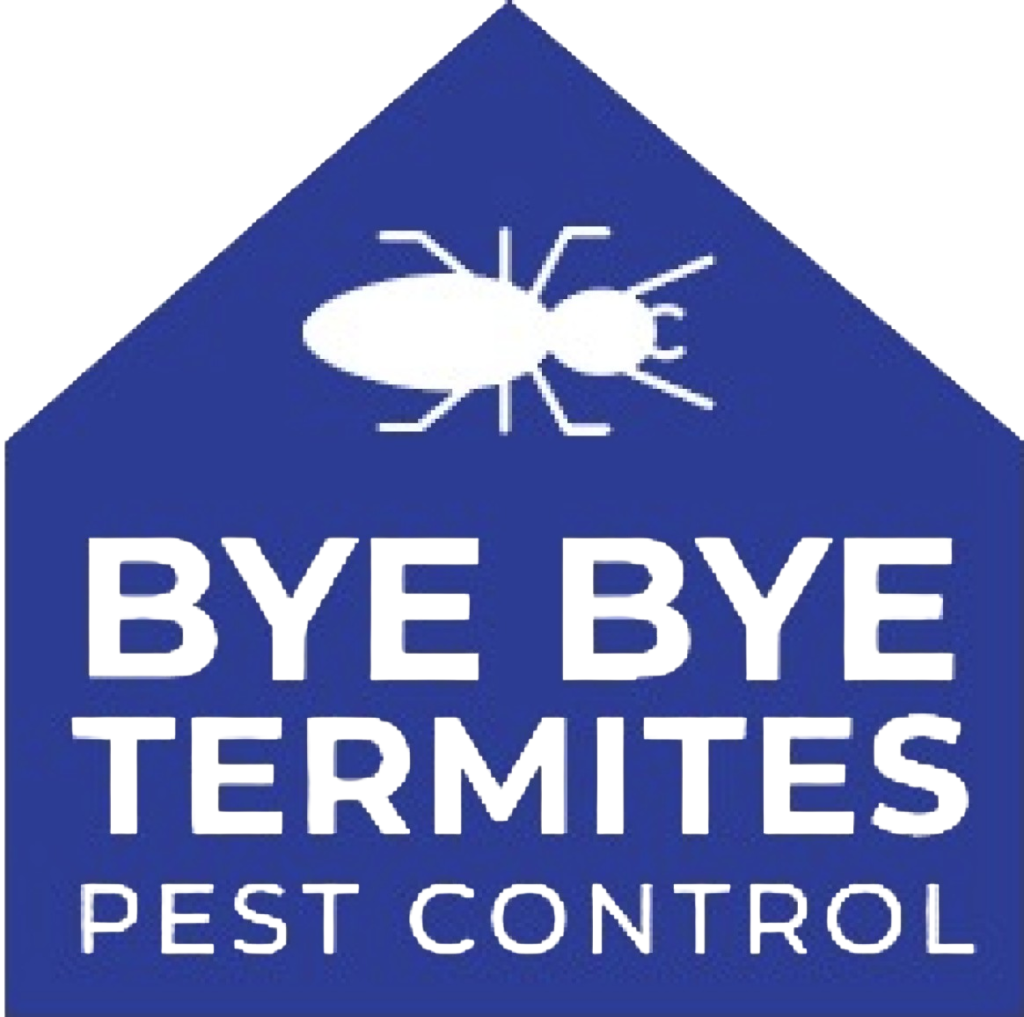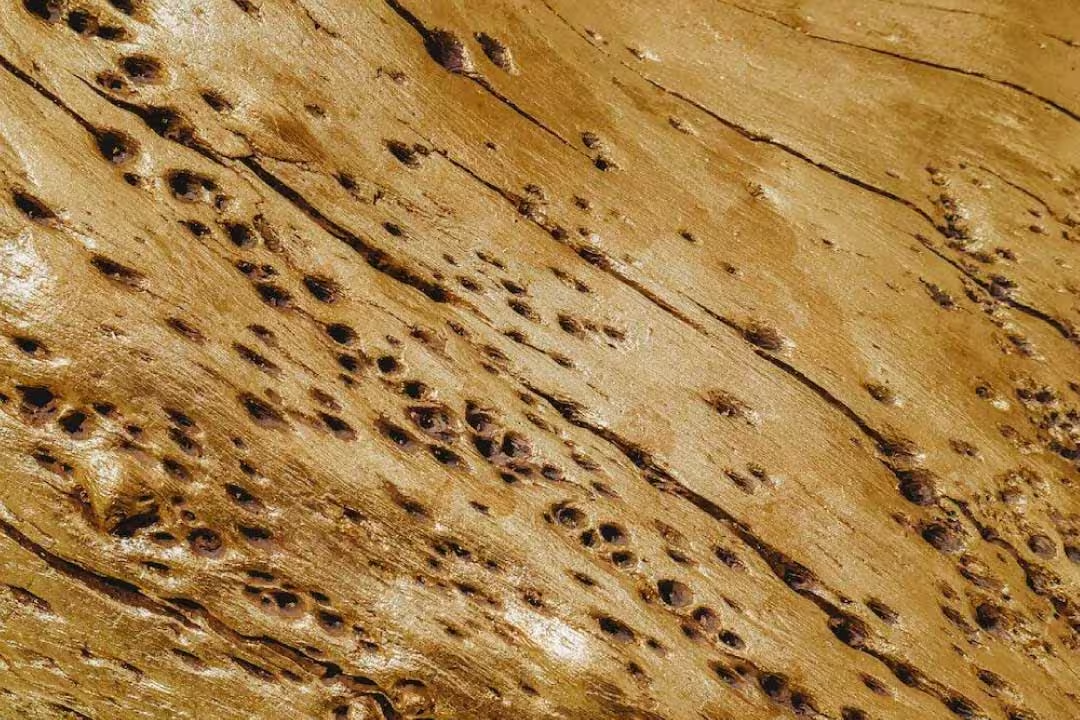Termites can be a homeowner’s worst nightmare. These tiny insects might not look dangerous, but they can cause big problems for your house. If you live in Florida or other warm areas, you need to be extra careful about termite damage.
Termite damage repair is a crucial skill for any homeowner to understand. These pests can quietly eat away at the wood in your house, causing serious structural damage if left unchecked. But here’s the good news: you can learn how to spot the signs of termites, fix the damage they cause, and keep them from coming back.
In this guide, you’ll discover everything you need to know about dealing with termites. We’ll walk you through how to check for termites, what to do if you find them, and how to repair any damage they’ve caused. You’ll also learn some simple tricks to keep termites away from your home in the future. By the end, you’ll feel confident in your ability to protect your house from these destructive pests.
Types of Southern Florida Termites
To fight termites, you first need to know your enemy. In southern Florida, you’ll mostly deal with two types of termites: subterranean and drywood. Subterranean termites live in the soil and build mud tubes to reach wood, while drywood termites live directly in the wood they’re eating.
Spotting termite trouble early can save you a lot of headaches. Keep an eye out for these signs:
- Tiny holes in wood
- Hollow-sounding wood when you tap it
- Piles of what looks like sawdust near wood
- Mud tubes on outside walls or in crawl spaces
- Swarms of flying insects that look like flying ants
Termites munch on wood from the inside out. They eat along the grain, leaving behind a honeycomb pattern. This weakens the wood, making it easy to break or crumble. Over time, this can lead to sagging floors, drooping ceilings, or even walls that feel soft to the touch.
The tricky part is that termites work silently. You might not notice them until they’ve already done a lot of damage. That’s why it’s so important to check your home regularly, especially in hidden spots like basements, attics, and crawl spaces.
Assessing Termite Damage
Once you suspect termites, it’s time to play detective. You can do a basic check yourself, but remember, termites are sneaky. Start by tapping wooden surfaces with a screwdriver handle. If it sounds hollow or feels soft, that’s a red flag.
Look closely at wooden structures in your home. Pay extra attention to areas near the ground, like baseboards and door frames. If you see small, pinhead-sized holes or bits of sawdust-like material (called frass), you might have termites.
Don’t forget to check outside. Walk around your house and look for mud tubes on the foundation. These pencil-thick tunnels are termite highways.
While DIY termite checks are helpful, some damage isn’t visible to the untrained eye. If you’re unsure or want peace of mind, call a professional. They have special tools like moisture meters and infrared cameras that can spot hidden termite activity.
Certain parts of your home are more likely to have termite problems:
- Wooden structures touching the soil
- Areas with water leaks or high humidity
- Spaces with poor ventilation
- Wooden furniture or decorations
Catching termite damage early can save you a lot of money and stress. Even if you don’t see obvious signs, it’s smart to have a pro inspect your home every year or two. This way, you can catch and fix small problems before they become big, expensive ones.
Termite Damage Repair Process
First, figure out how bad the damage is. Poke the wood with a screwdriver. If it goes in easily, the damage is serious. For small areas, you might be able to handle the repair yourself. But for big problems, it’s best to call in the experts.
Next, get rid of the termites. A pest control pro can help with this. They might use special chemicals or bait to kill the termites and keep them from coming back.
Now, it’s time to fix the damaged wood. For minor damage:
- Remove the bad parts of the wood
- Clean the area well
- Use wood hardener on the spots that are still okay but weak
- Fill in holes and gaps with wood filler
- Sand everything smooth once it’s dry
- Paint or stain to match the rest of the wood
For bigger problems, you might need to replace whole pieces of wood. This is tricky and often requires a professional. They’ll remove the damaged wood and put in new, treated lumber that resists termites.
Don’t forget to fix what attracted the termites in the first place. This might mean:
- Fixing leaky pipes or roof spots
- Improving airflow in damp areas
- Moving mulch or wood piles away from your house
Remember, termite damage repair isn’t just about fixing what you can see. It’s about making sure your home is strong and safe. If you’re not sure about any step, it’s always better to ask a pro for help.
Preventing Future Termite Infestations
After dealing with termite damage, you’ll want to make sure these destructive pests don’t return. The key to termite prevention is making your home less attractive and creating barriers to keep them out.
Moisture Control
Start by focusing on moisture control. Termites thrive in damp environments, so fixing leaks and improving drainage around your home is crucial. Make sure your gutters and downspouts direct water away from your foundation and ensure your yard slopes away from the house to prevent water from pooling nearby.
Creating a physical barrier between soil and wood is another effective strategy. Maintain a gap of about 6 inches between the ground and any wooden parts of your house. You can fill this space with materials termites don’t like, such as gravel or sand.
Termite Resistant Repairs and Landscaping
When it comes to your home’s structure, using termite-resistant materials can make a big difference. If you’re building or repairing, opt for treated wood or consider alternatives like concrete or steel for areas that are most at risk. You can also apply special termite-repelling treatments to existing wood structures to give them extra protection.
Your landscaping choices play a role in termite prevention too. Keep plants and trees trimmed back from your house, and be cautious with wood mulch near the foundation. Instead, try using gravel or rubber mulch in these areas.
Regular Inspections
Sealing potential entry points is another important step. Regularly inspect your foundation for cracks and seal them promptly. Remember, termites can squeeze through very small spaces, so be thorough in your checks.
For ongoing protection, consider a termite bond with a pest control company. This service provides regular inspections and treatments, acting like an insurance policy against future infestations.
By implementing these prevention strategies, you’ll create an environment that’s far less hospitable to termites. While it might seem like extra work now, these efforts can save you from the headache and expense of dealing with another termite problem in the future.
When to Seek Professional Florida Pest Control
While you can do a lot to fight termites on your own, sometimes you need to call in the experts. It’s important to know when a problem is too big for you to handle alone.
If you see lots of termites or find damage in more than one area of your home, it’s time to get professional help. These could be signs of a large infestation that needs special treatment.
You should also call a pro if you’re not sure what kind of pest you’re dealing with. Termites can look similar to other insects, and different types of termites need different treatments. An expert can identify the exact problem and choose the right solution.
Another reason to seek help is if you live in an area where termites are very common, like parts of Florida. In these places, regular professional inspections can catch problems early, before they become serious.
Sometimes, termite treatments require special equipment or chemicals that aren’t available to the public. A professional pest control service has access to these tools and knows how to use them safely.
Lastly, if you’re buying or selling a house, you’ll want a professional termite inspection. This can protect you from unexpected problems and might even be required by some banks or insurance companies.
Remember, getting professional help doesn’t mean you’ve failed. It means you’re taking the problem seriously and doing what’s best to protect your home. Termite control experts have the training and experience to handle tough situations and give you peace of mind.
Take Action Against Termites
Dealing with termites doesn’t have to be stressful. With the right knowledge and support, you can protect your biggest investment – your home.
If you’re in the southern Florida area and need termite damage repair, reach out to Bye Bye Termites Pest Control. We offer specialized services for both drywood and subterranean termites, as well as comprehensive pest control solutions. We even provide free termite inspections, giving you extra peace of mind.
Moreover, with 100% financing options, we’ve made it even easier to get the protection you need without breaking the bank. Contact us today to get a free quote.


